I am someone who has lived with flat feet my entire life, and never really done much about it. I did notice it being an issue though with ballet (I had to stand with my feet raised up to get that perfect position) and while shoe shopping (I needed support and wide angle didn’t work for me) but apparently there’s a whole world of foot support I didn’t know about.
Flat feet can make everyday activities like walking or standing for long periods a challenge. Without proper support, discomfort and fatigue often follow. That’s where arch support inserts for plantar fasciitis come in. Designed to give your feet the stability they need, they help reduce pain and improve comfort. Whether you’re dealing with aches or just looking for extra support, these inserts offer an easy and effective solution for happier, healthier feet.
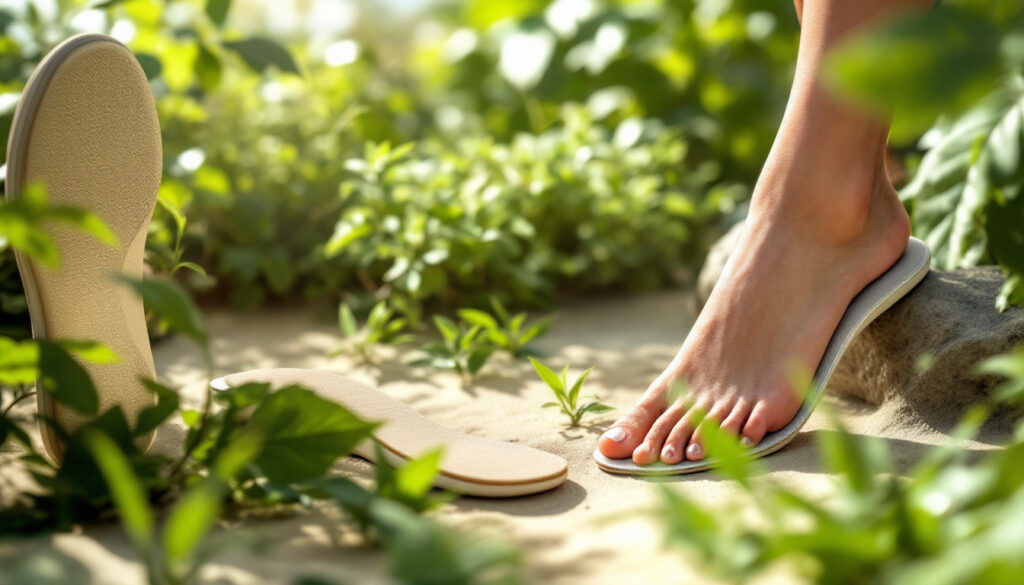
What Are Arch Support Inserts?
Arch support inserts are specially designed insoles that you place inside your shoes to provide additional support to the arches of your feet. These inserts are often made from materials like foam, gel, or plastic and are tailored to enhance comfort, stability, and foot health. Whether you’re on your feet all day or dealing with discomfort caused by flat feet, arch support inserts work behind the scenes to make walking and standing more enjoyable.
They act like a supportive friend for your feet, lifting and cushioning areas that need help. By improving how weight is distributed across your feet, they not only relieve pain but also have a ripple effect on your overall posture and joint health. When your feet feel good, everything else tends to feel better too.
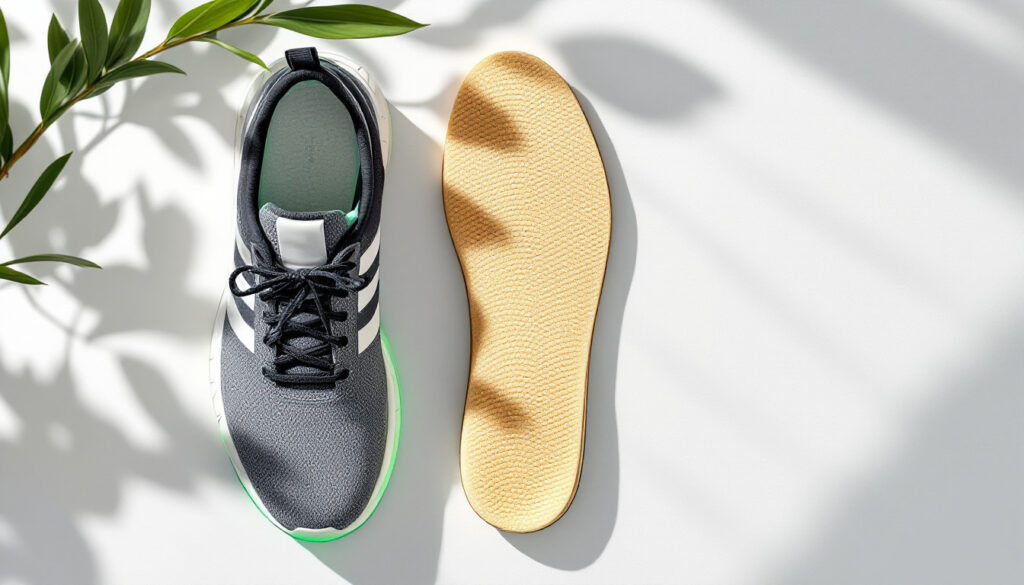
How Arch Support Inserts Improve Posture
Did you know your feet are the foundation of your body? If your arches aren’t properly supported, it can throw off your alignment, much like a shaky foundation affects a building. Over time, this can lead to poor posture, back pain, and discomfort in other parts of your body. I wonder if this is a contributing factor to why I have had such hassles with my shoulders and spent quite a few sessions at the chiropractor. It’s also telling that when I stopped ballet, my posture suffered, because I wasn’t holding my feet in the correct position any more..

Arch support inserts help align your feet in a more natural position, which has a knock-on effect on your posture. With proper support, your spine stays aligned, your shoulders sit back, and you’re less likely to slump. Even small improvements in posture can make a big difference, especially during activities like walking or standing for long periods.
Reducing Joint Strain and care for Arthritis
When your arches lack support, your knees, hips, and lower back often work overtime to compensate. This extra strain can lead to pain and even long-term joint issues. Arch support inserts act as shock absorbers, cushioning the impact on your feet with every step.
Apparently about half of the people in their sixties and seventies are dealing with foot arthritis. And some experts claim that the wear and tear starts in your forties. So I guess I had better do something about this then…
Preventing Foot Fatigue
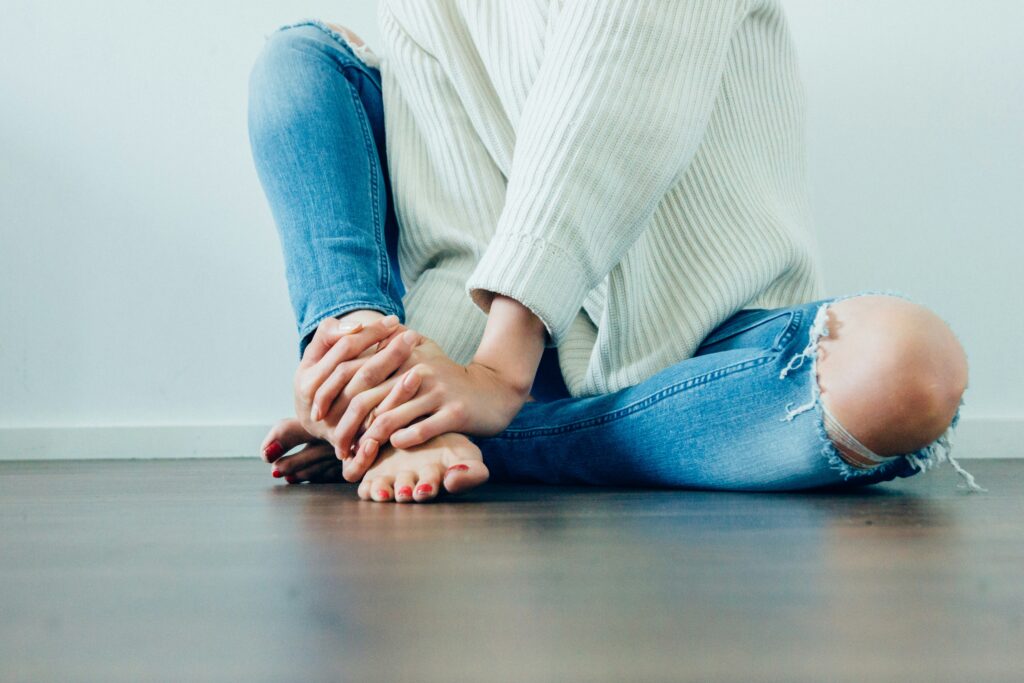
Ever felt like your feet are just done for the day? Foot fatigue happens when your muscles are overworked, often due to a lack of support. Flat feet or low arches are common culprits here, as they don’t offer the natural shock absorption and structure your body needs.
Arch support inserts come to the rescue by reducing the strain on those tired muscles. They provide a firm yet comfortable lift that keeps your feet in the correct position, even during long days on the go. With inserts, you’re less likely to experience that dragging sensation that comes from overworked feet.
Whether you’re walking around the house, running errands, or exploring the great outdoors, arch support inserts are a simple yet highly effective way to keep your feet feeling energised. It’s like giving them a little boost when they need it most.
Signs You Need Arch Support Inserts
Flat feet can cause a surprising amount of discomfort, especially if left unsupported. While some people with flat feet experience no issues, others deal with pain and tenderness that interfere with daily life. I think I might have no issues, but I feel like I need to prevent issues happening later.
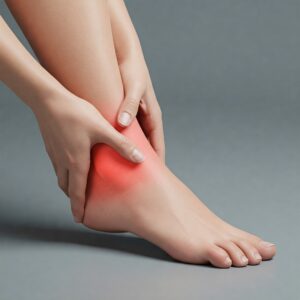
Here are a few common symptoms that might indicate you need extra arch support:
- Pain in the arches or heels: If your arches ache or you feel sharp pain in your heels after walking or standing, your feet could be crying out for help. Without proper support, the strain on your feet can lead to persistent pain.
- Swelling after standing or walking: Do your feet swell after being active for a while? This could be a sign that your arches are under too much pressure and aren’t receiving the support they need.
- Uneven shoe wear patterns: Take a look at your favourite pair of shoes. If the soles wear down unevenly, especially on the inside edge, it’s often a sign that your feet roll inward too much, also known as overpronation. (I’m now checking my shoes, but I don’t see anything too weird… I think…)
Conditions Linked to Flat Feet
Flat feet don’t just stop at localised foot pain—they can contribute to a range of related conditions that affect your movement and quality of life. Arch support inserts can be a game-changer for managing these issues:
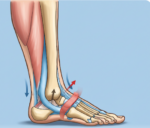
- Overpronation: This happens when your feet roll inward excessively as you walk. It can throw off your alignment, leading to discomfort not just in your feet but also in your knees, hips, and lower back. Inserts help correct this motion by supporting your arches and keeping your feet in a neutral position. I think I notice this and why I had to constantly roll my feet back up when I was doing ballet.
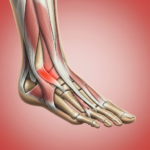
- Plantar fasciitis: One of the most common causes of heel pain, plantar fasciitis occurs when the band of tissue running along the bottom of your foot becomes inflamed. Supportive inserts can ease pressure on this area and can be a key part of your recovery process.
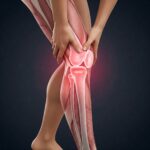
- Lower limb pain: Flat feet can create a domino effect, leading to pain in your ankles, shins, knees, or even hips. When your arches collapse, the rest of your body compensates. Inserts can help distribute pressure evenly and reduce strain on surrounding joints and muscles.
Types of Arch Support Inserts
Over-the-Counter Inserts: These are readily available in stores or online and are designed to fit a wide range of foot shapes. They’re affordable, easy to purchase, and can still provide decent support if chosen carefully. Many are made from materials like gel or foam to offer cushioning alongside support.
Custom Inserts: Created specifically for your feet, custom inserts are moulded to provide the highest level of personalised support. They’re recommended for individuals with severe foot issues, chronic pain, or medical conditions like plantar fasciitis. These inserts are typically prescribed by podiatrists and can address unique biomechanical needs.
So which should you choose? It depends on the severity of your condition and the amount you’re prepared to spend. Most of us can do fine with common arch support inserts, but if you have a complicated, painful problem that’s not being solved by these, you might want to invest in more customised options.
Low-Profile vs. Full-Length Inserts
Not all inserts are created equal, and their sizing and coverage can affect how they fit in your shoes. Low-profile and full-length inserts each have their strengths, depending on your footwear and needs.
- Low-Profile Inserts: These are smaller and more compact, designed to support the arch without covering the entire footbed. They’re perfect for tight shoes like dress shoes or flats, where space is limited. Low-profile inserts allow for a discreet fit without compromising essential arch support. However, because they only cover a portion of the footbed, they might not provide as much overall cushioning as their full-length counterparts.
- Full-Length Inserts: As the name suggests, these inserts extend from the heel to the toes, providing comprehensive coverage. They’re ideal for athletic shoes, trainers, or everyday footwear where there’s enough room to accommodate their size. Full-length inserts not only support the arch but also cushion the heel and forefoot, making them a great option for all-day comfort.
Which should you choose? It will probably depend on the type of shoe you are wearing and how long you’re going to be on your feet.
Factors to Consider
When choosing arch support inserts, there are several critical factors to keep in mind. The right option depends primarily on your foot type, lifestyle, and what you need from the insert.
- Arch Height: Understanding your arch height (low, medium, or high) is crucial. If you have flat feet, look for inserts specifically designed to support low arches or fallen arches. Inserts with firm support can lift and stabilise your foot, improving alignment and reducing strain.
- Support Level: Not all inserts offer the same level of support. Some provide mild cushioning, while others are more rigid to tackle severe overpronation. Think about what your feet need most—gentle comfort, solid structure, or a mix of both.
- Shoe Compatibility: Are you adding arch support to trainers, work shoes, or dress shoes? Inserts come in low-profile and full-length options to suit different shoe types. Make sure the insert fits comfortably without crowding your toes or altering the way your shoes feel.
- Durability: Your inserts should last. Foam might wear down quicker, while plastic tends to be more durable. Consider your daily usage—if you’re frequently on your feet, investing in a long-lasting material can save you time and money.
By paying attention to these factors, you can narrow down the options and focus on inserts that meet your specific needs.
Exercises for Strength
Strengthening the muscles in your feet can make a big difference in supporting flat arches. When these muscles are stronger, they do a better job of holding your arch in place and preventing overpronation. Here are a few simple exercises to incorporate into your routine:
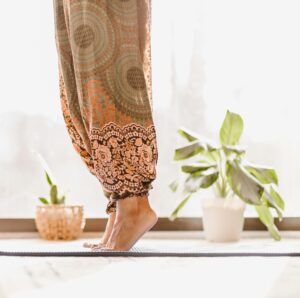
- Toe Curls: Sit on a chair, place a small towel on the ground, and use your toes to scrunch the towel towards you. This exercise targets the intrinsic muscles of your foot that help stabilise the arch.
- Heel Raises: Stand with your feet shoulder-width apart and slowly rise onto the balls of your feet. Hold for a few seconds, then lower back down. This strengthens the calf muscles and the foot’s stabilisers, which work together to support your arch.
- Arch Lifts: While seated, place your feet flat on the ground and try to lift just the arch of your foot, keeping your toes and heel in contact with the floor. This can be tricky but is excellent for building arch strength.
- Marble Pick-Up: Scatter a few small objects like marbles or coins on the floor. Use your toes to pick them up and place them into a cup or bowl. This engages your toes and the muscles in your midfoot.
Consistency is key with these exercises. Just a few minutes each day can strengthen your feet, making them less dependent on external support like inserts over time.
Consulting a Podiatrist
Sometimes, managing flat feet goes beyond what you can do at home. If pain persists despite using inserts, strengthening exercises, and supportive shoes, it may be time to consult a podiatrist. But how do you know when professional advice is necessary?

Here are some scenarios where seeing a podiatrist is a good idea:
- Chronic Pain: Ongoing discomfort in your feet, knees, or lower back may suggest that general support isn’t enough.
- Severe Overpronation: If your feet excessively roll inward or cause alignment issues, a podiatrist can evaluate whether custom orthotics are needed.
- Frequent Injuries: Recurring problems like plantar fasciitis, shin splints, or tendonitis might be linked to your flat feet and need targeted treatment.
- Unusual Foot Shape: If your feet are particularly flat or rigid, off-the-shelf inserts and standard advice may not work, and you might benefit from bespoke solutions.
Taking a proactive approach—by combining exercises, supportive footwear, and professional guidance where necessary—can help manage flat feet effectively. Think of it as giving your feet the extra care they need to keep you moving comfortably every day.
Conclusion

Your feet do a lot for you, holding you up all day long. Treating them to proper support isn’t just about comfort—it’s about keeping yourself active and healthy for years to come. Look after your feet, and they’ll repay you with pain-free steps, better posture, and less overall fatigue. Isn’t that worth it?
Well, I’m off to go shoe or arch support insert shopping! Let me know if you find some good ones!
Related post: Say Goodbye to Foot Pain: The Ultimate Guide to Orthotic Sandals for Women
Disclaimer: This post was sponsored by Responsival
This post contains some AI.



[…] A Guide to Arch Support Inserts for Flat Feet: Relieve Pain and Improve Comfort […]